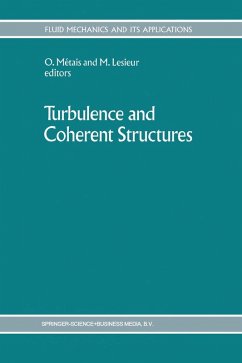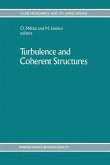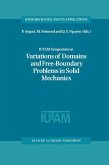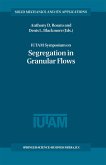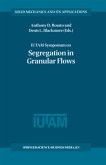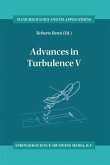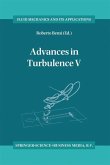In the last 25 years, one of the most striking advances in Fluid Mecha nics was certainly the discovery of coherent structures in turbulence: lab oratory experiments and numerical simulations have shown that most turbulent flows exhibit both spatially-organized large-scale structures and disorganized motions, generally at smaller scales. The develop ment of new measurement and visualization techniques have allowed a more precise characterization and investigation of these structures in the laboratory. Thanks to the unprecedented increase of computer power and to the development of efficient interactive three-dimensional colour graphics, computational fluid dynamicists can explore the still myste rious world of turbulence. However, many problems remain unsolved concerning the origin of these structures, their dynamics, and their in teraction with the disorganized motions. In this book will be found the latest results of experimentalists, theoreticians and numerical modellers interested in these topics. These coherent structures may appear on airplane wings or slender bodies, mixing layers, jets, wakes or boundary-layers. In free-shear flows and in boundary layers, the results presented here highlight the intense three-dimensional character of the vortices. The two-dimensional large scale eddies are very sensitive to three-dimensional perturbations, whose amplification leads to the formation of three-dimensional coherent vorti cal structures, such as streamwise, hairpin or horseshoe vortex filaments. This book focuses on modern aspects of turbulence study. Relations between turbulence theory and optimal control theory in mathematics are discussed. This may have important applications with regard to, e. g. , numerical weather forecasting.

